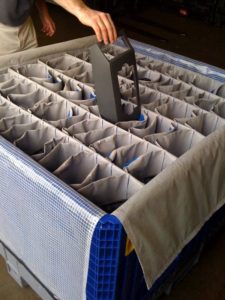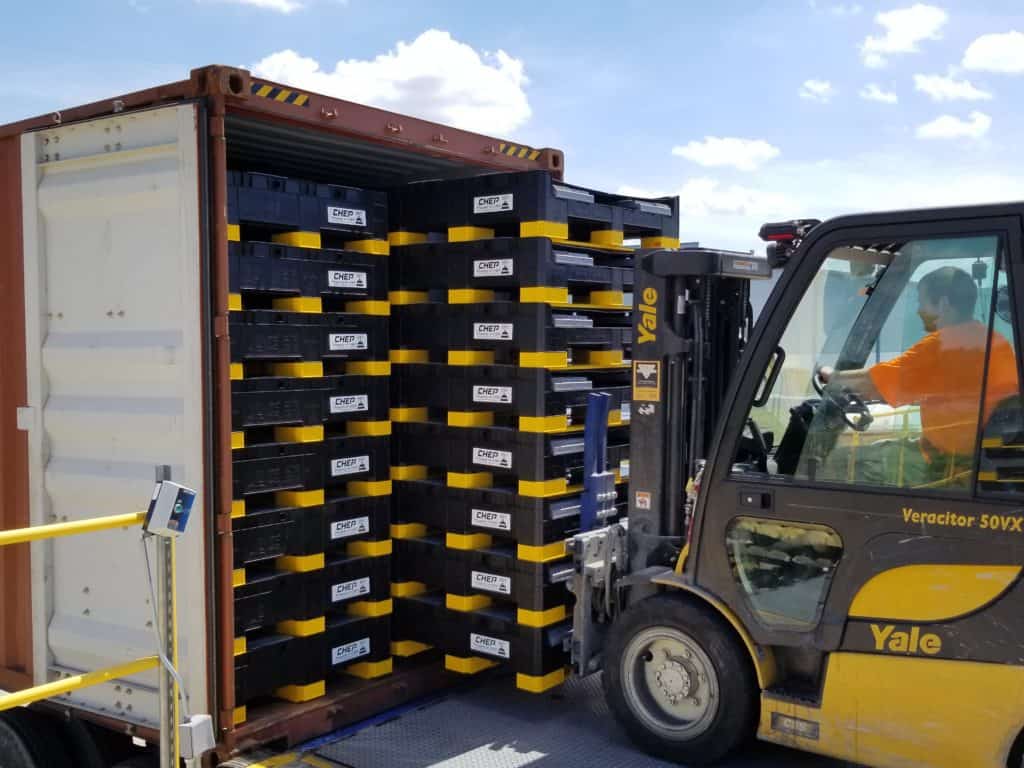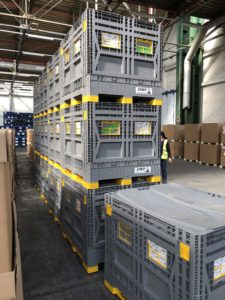“Collaboration” is a term you hear regularly in the world of business but rarely come across in the global automotive industry, particularly in supply chain and logistics.
OEM’s require tier suppliers to provide components and equipment to build vehicles, which additionally enlists the involvement of a number of different parties to design, create, and deliver solutions and products.
Collaboration is something that we truly believe delivers efficiencies and cost savings far greater and easier than simply asking a tier supplier or logistics provider to quote against your requirement.
Automotive Logistics recently featured a project that Macro Plastics has been heavily involved in with Ford and CHEP to create and implement Ford’s first global supply chain loop using Macro Plastics’ EuroBin and IsoBin.



The inception of the project started a number of years ago with clear ambitions –
- Reduce logistics costs
- Increase the speed and capacity of the supply chain
- Create a returnable packaging pool
- Sustainability in reduced CO2 and dramatic waste reduction
In order to achieve these objectives, Ford needed to collaborate with trusted and experienced partners in each of the core areas – packaging and logistics.
Ford is already seeing tangible benefits of the comprehensive pooling system – transporting more for less. This is a direct result of investing time at the beginning of the project.
This is unique to the automotive sector as there tends to be a closed door, secretive approach to vehicles, parts, packaging and logistics for fear a competitor will gain an advantage.
The question we’re asking is – how are vehicle manufacturers going to innovate their systems and processes if they aren’t open to working closely with partners and sharing information?
This is compounded by how competitive the industry is and similar objectives of reducing cost where possible and improving efficiencies.
Cost savings are not just about reducing your head count. Immediate cost savings are available by cost reductions in freight movement and duplication on obvious returnable routes.
These are being ignored because of a lack of communication by OEM’s and Tier suppliers between continents in their own organisations.


